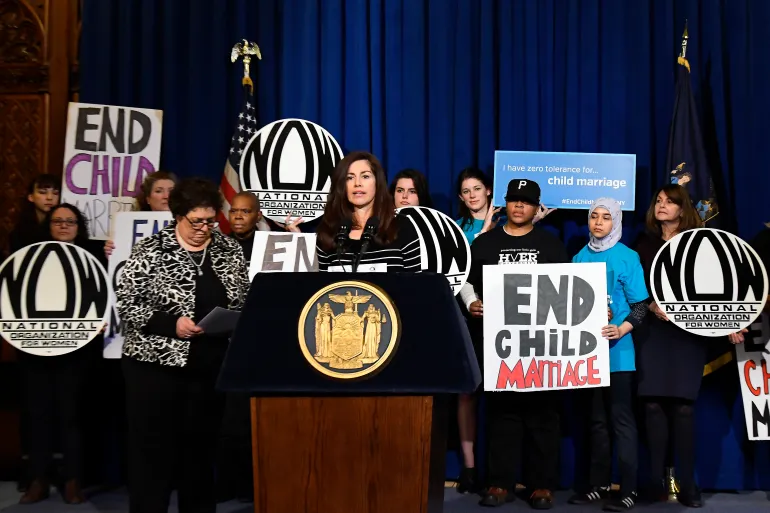Child marriage, a critical and often overlooked issue, persists within the United States, demanding immediate and robust action. Despite modern perceptions of child marriage as a problem only outside the Western world, the U.S. harbors significant numbers of these marriages, often with dire consequences for those involved.
The Current Landscape Child marriage
Initially, understanding the prevalence of marriage in the U.S. is essential. Surprisingly, thousands of legal marriages occur annually, with girls as young as 12 sometimes legally wedded due to state laws allowing exceptions under certain circumstances, such as parental consent or pregnancy.
Legal Framework and Its Gaps
The legal landscape governing marriage varies dramatically across different states, leading to a patchwork of laws that sometimes facilitate this issue rather than prevent it. Some states have minimum age requirements as low as 14 with parental consent, while others have started to implement stricter laws with 18 as the minimum age with no exceptions.

The Impact on Young Lives Child marriage
Moreover, the impact of marriage on young individuals is profoundly negative. This practice often leads to early pregnancy, truncation of education, and increased vulnerability to domestic violence. Statistically, these marriages are also more likely to end in divorce, further destabilizing the young individuals involved.
Psychological Consequences
Furthermore, the psychological toll on those forced into early marriages cannot be overstated. Victims of marriage often experience severe emotional and psychological stress. They face higher risks of developing mental health disorders, including depression and anxiety.
Cultural and Social Factors
Additionally, cultural and social factors play significant roles in perpetuating marriage. In some communities, marriage is seen as a tradition or a way to protect family honor, which makes combatting this issue even more complex due to the deep-seated beliefs that need to be challenged.
Advocacy and Legislative Changes
Moving forward, advocacy for legislative change is critical. Activists and nonprofit organizations are at the forefront, pushing for uniform state laws that set the minimum age of marriage at 18 without exceptions. These efforts have seen some success, but a coordinated national response is still needed.
The Role of Education Child marriage
Moreover, educating the public about the consequences of marriage is vital. Awareness campaigns can help shift public opinion and create a societal understanding that child marriage is not just a relic of the past but a present and urgent issue.
Community Engagement
Engaging with communities that practice is also essential. By working directly with community leaders and members who respect and understand local traditions, we can foster change from within, ensuring that the shift away from child marriage is sustainable and inclusive.
A Call for Collective Action
In conclusion, addressing in the United States is an urgent and necessary endeavor. It requires a comprehensive approach that includes legal reform, education, and community engagement. As a society, we must commit to protecting our young people, ensuring they have the freedom to choose their paths without coercion into premature marital bonds.
Inspired by Al-Jazeera News and read more Articles Here, Read Previous Also
